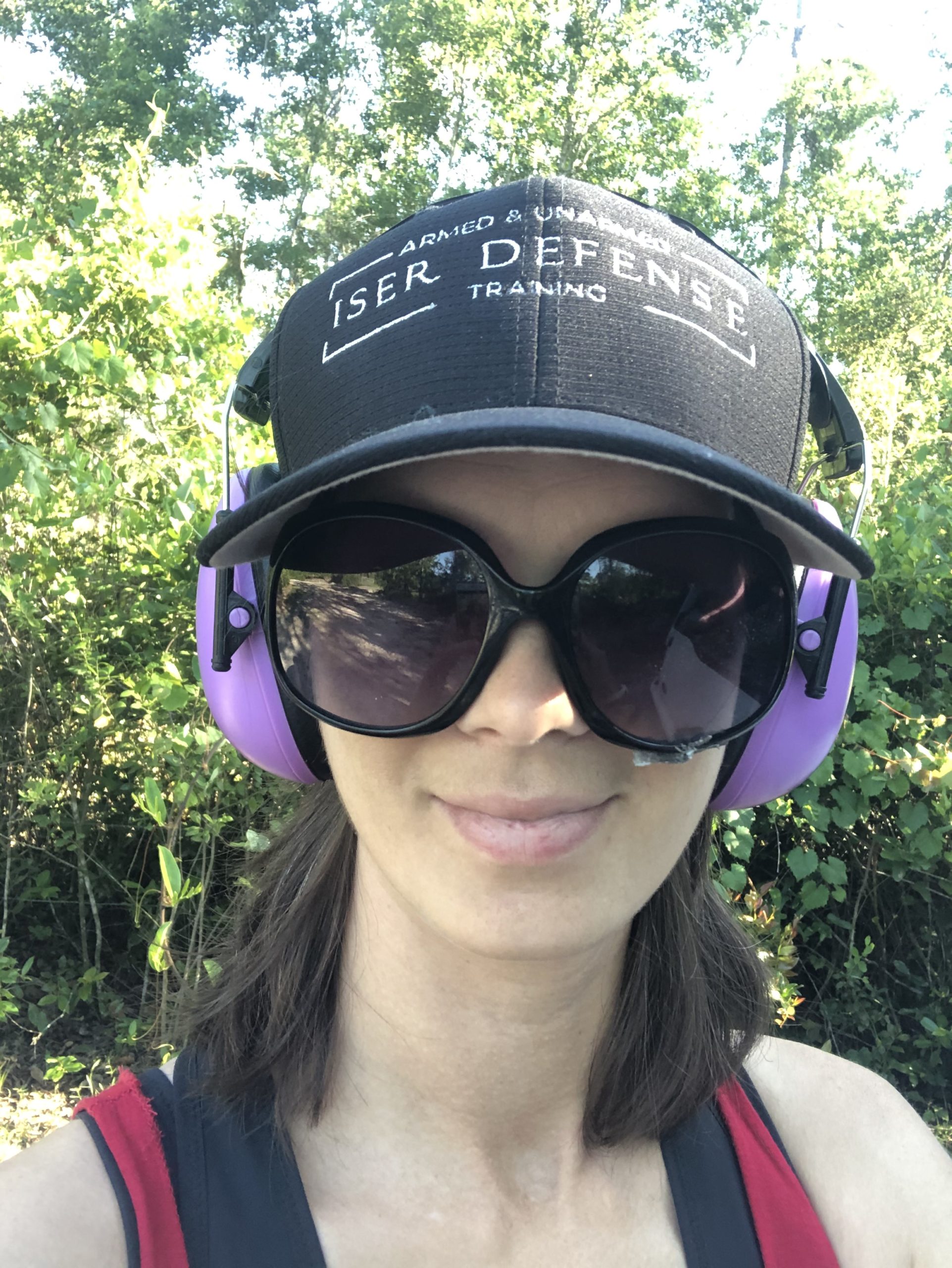Situational awareness is being aware of where you are as well as what’s happening around you. In short, situational awareness is simply paying attention. This is important because it helps you identify hazards, effectively make decisions, and prevent accidents. Being alert and informed ensures that you can make better decisions, especially while under stress.
Situational Awareness is a non-technical, cognitive skill that you’re not really born with. It’s a skill that you develop, and improve with practice. More importantly, it’s a mindset. If you practice it consistently, it becomes an internal cycle based on environmental changes that will eventually become an unconscientious, involuntary action. This happens through focus, repetition, and consistent use.
A lack of Situational awareness can be caused by fatigue, mental distractions, stress, denial, thoughtlessness, multitasking, rushing through tasks, and complacency. The opposite of being situationally aware is being distracted. It’s also important to know that denial, and complacency can be deadly. Bad things do happen regardless of what you want to believe. Saying ”That’ll never happen to me” is called the Ostrich Effect, or Normalcy Bias.
You can’t pay attention to every detail. A prolonged high level of awareness, and total concentration is exhausting. Living in a state of paranoia, and looking behind every bush for a bad guy isn’t exactly what we’re going for. Although you should be checking the bushes, it should be in a relaxed, calm, passive manner. Situational awareness is your first line of defense. It’s about trying to proactively stay ahead of a negative situation.
Being situationally aware means being more likely to notice risks before they become hazardous situations. It means being able to identify someone who isn’t supposed to be there, or someone who’s behaving in an alarming way, such as wearing heavy clothes during summer. The foundation of effective decision making is good situational awareness. After identifying the risks, you can determine the impact of each situation. Then, you can decide how to prepare for and/or prevent the situation.
You can’t identify every hazard, but you can plan for common, everyday situations. It’s easy to put blinders on, especially in new situations, and focus solely on your tasks. The practice of actively monitoring your surroundings to identify threats before they occur allows you more time to react. It’s the key to keeping you and everyone else safe.
Cultivate your own situational awareness:
- Examine your surroundings and be mindful of what’s happening.
- Know the exits wherever you are.
- Watch the people around you, but don’t stare at them. Others generally don’t like being stared at.
- Limit your distractions – cellphones & headphones to name a couple.
- Trust your intuition – that’s your gut feeling.
- Practice your emergency response plans such as a fire drill.
Everyday situational awareness examples:
- Being aware of someone following you.
- Parallel parking, but waiting to open your door until you’ve checked for traffic.
- Being aware of the traffic around you while sitting at a stop light. Is someone about to rear-end you?
- Better yet, not gassing it at a green light until you’ve made sure someone isn’t running the opposing red light.
- An air traffic controller has to be aware of the current positions of aircrafts, flight plans, weather conditions and much more, all at once.
- Are you working outdoors? What’s the weather like?


